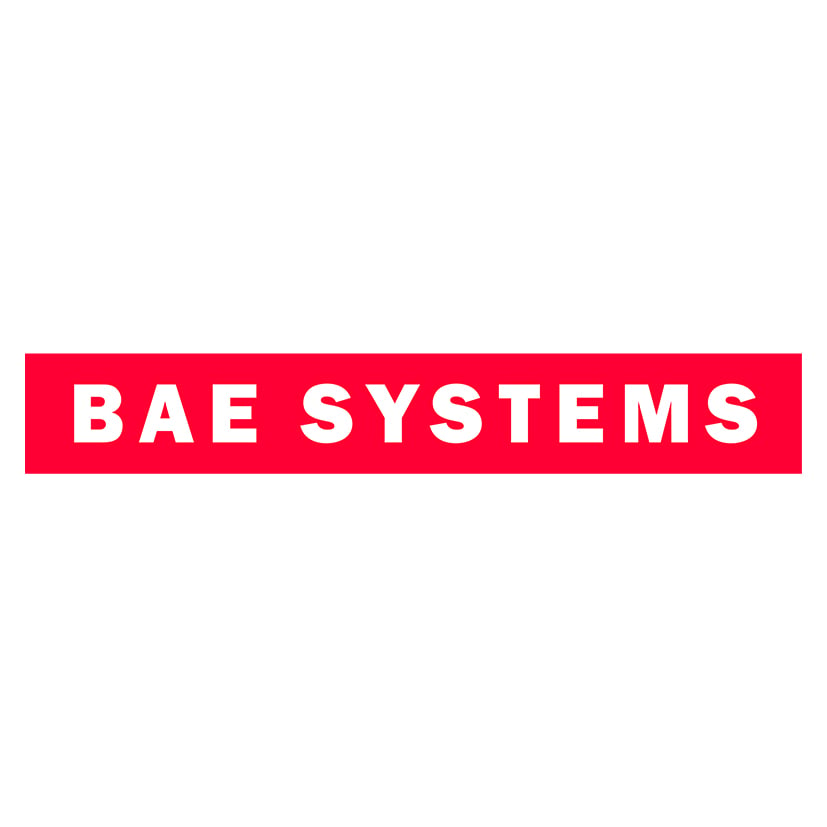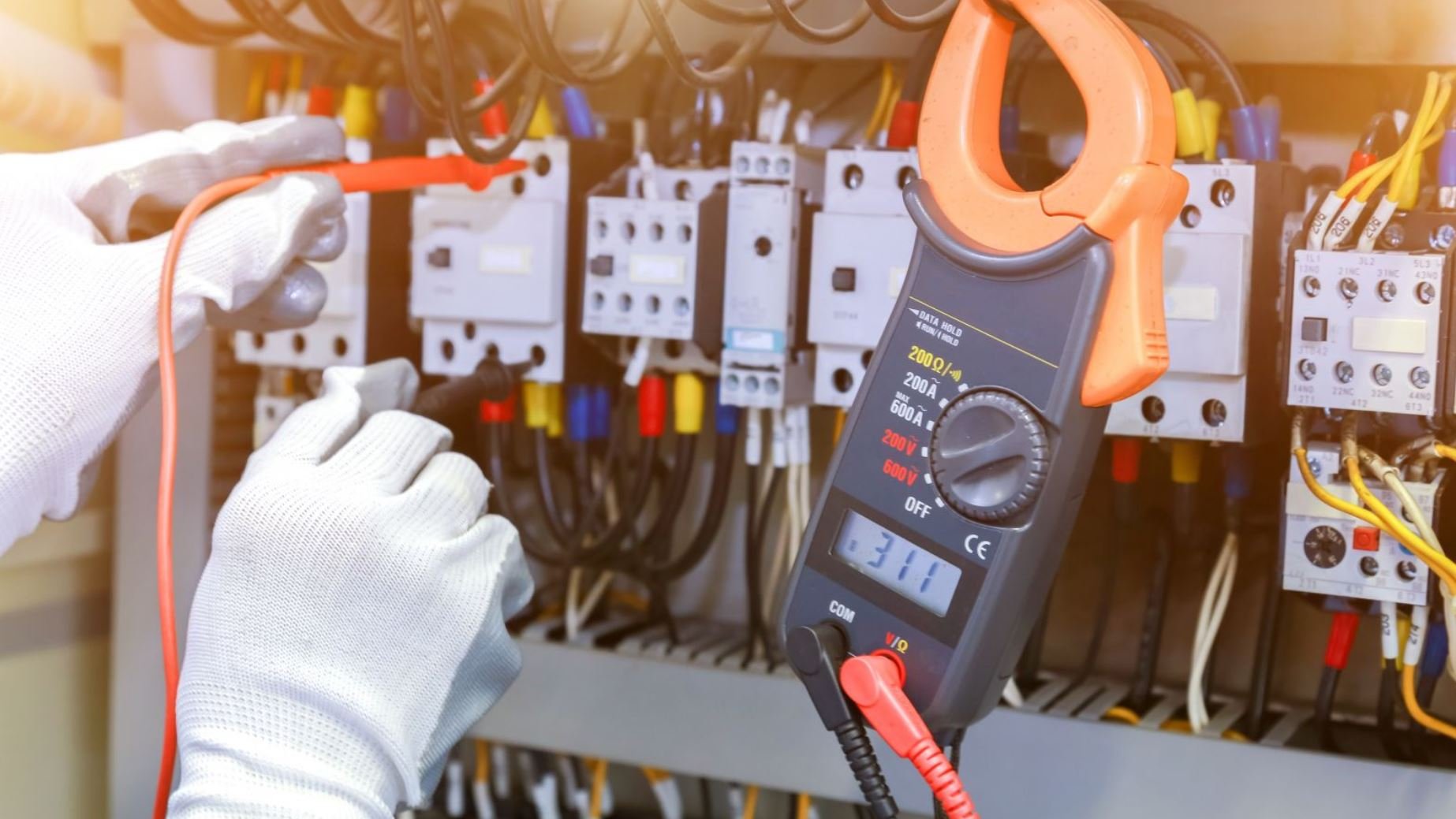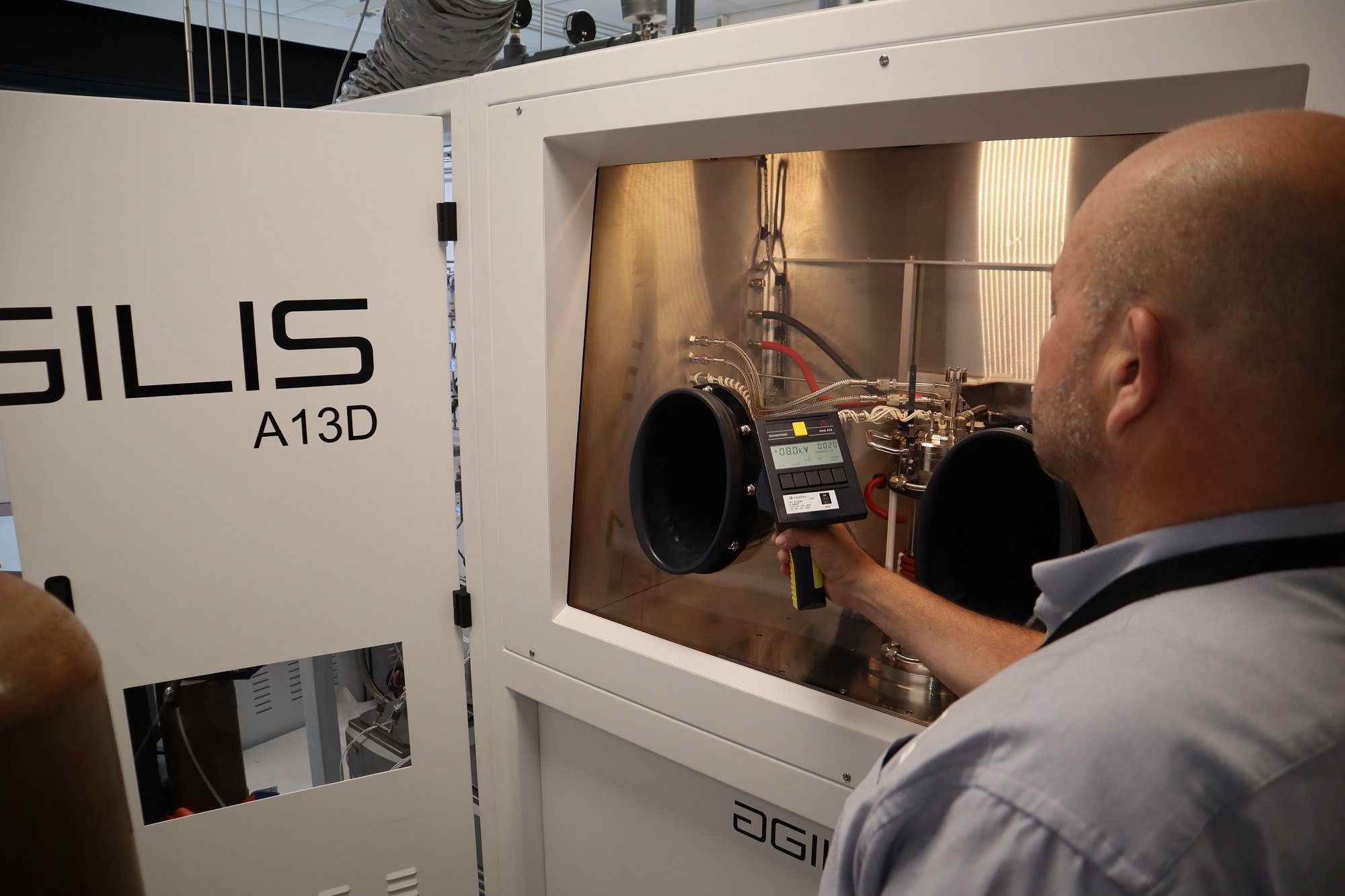Search our website:
Achieve CE compliance with total confidence
Before manufacturers and importers can supply or use specific types of equipment in the European Union, they need to certify that they comply with CE marking directives.
Our start-to-finish CE marking service covers every step of the compliance process, from assessing and testing high-technology equipment against specific directives to providing a Declaration of Conformity.






We help high-technology manufacturers and importers across the UK and Europe to test new, second-hand and modified equipment against CE standards and achieve equipment compliance.
Our start-to-finish CE marking service includes:
Read our CE Compliance Testing guide for more information.

CE Compliance is required for equipment to be supplied to or sold in the European market.
CE marking of equipment involves rigorous assessments and testing in order to prove compliance and that your equipment adheres to European legislation.
CE marking formerly applied to equipment sold in Great Britain, too. But since 1st January 2021, the UK introduced a new conformity marking that would replace CE marking. This is called UK Conformity Assessment (UKCA) marking. If you also require UKCA marking, learn more about our service here.
The LVD 2014/35/EU is a set of safety requirements that apply to electrical equipment designed for use within certain voltage limits across the EU.
Our consultant engineers are highly experienced in helping manufacturers achieve equipment compliance. Whether conducting assessments at your own site or at IES’s facility, we establish whether equipment demonstrates any non-conformity and, where it does, can advise on and support finding a solution.
Find out more about our Low Voltage Directive (LVD) Testing service here.
Machinery Directive 2006/42/EC is a set of essential health and safety requirements applying to machinery used in the workplace.
Our assessments on your machinery enable you to demonstrate conformity to the requirements of the Machinery Directive. This includes risk assessments in accordance with EN ISO 12100, directives and other relevant standards.
Find out more about our Machinery Directive Assessments.
Electromagnetic compatibility (EMC), refers to compliance with the EMC Directive 2014/30/EU. The Directive applies to the electromagnetic emissions and susceptibility of any electrical and electronic equipment to be supplied or sold in the European Union.
IES can travel to your site and complete EMC testing on equipment in situ, working with your team to implement corrective actions where necessary. Alternatively, for smaller equipment, testing can be conducted at our EMC chamber in Bristol.
The specific process which is required for CE marking will depend on the equipment itself. In general, there are six steps to compliance:
CE marking is mandatory for a wide variety of products supplied to, or sold in, the European single market.
Applicable products are covered by the scope of at least one of the EC’s New Approach Directives; such as the Low Voltage Directive, EMC Directive and Machinery Directive. Products range from electrical equipment to machinery, measuring instruments, personal protective equipment and toys.
It is possible for manufacturers to assess the conformity of their own equipment. Self-certification can reduce costs, but it should be remembered that testing processes and defining the legal frameworks which apply to your equipment can be complex.
CE marking experts such as IES offer an efficient strategy to achieving compliance, and a wealth of experience in areas such as knowledge of standards, technical record keeping and CE marking timelines.
Every CE mark must have a Declaration of Conformity document which sets out the directives and standards that equipment meet. It also includes key details about the equipment and the manufacturer; such as the product’s serial number and brand, and the name and address of the manufacturer.
The Declaration of Conformity can be issued by a Notified Body, or in the case of some directives, by the manufacturer or importer of the product into the EU, as a self-declaration. A copy of the Declaration of Conformity must be retained by the manufacturer for at least ten years after the last product has been placed on the market.
Each European Union member state has its own nominated public authority responsible for market surveillance and enforcement. They work to prevent the misuse of the CE mark and ensure product safety. In the UK, these market surveillance authorities include; Trading Standards Services, the Health and Safety Executive, the Medicines and Healthcare Products Regulatory Agency, and the National Measurement and Regulation Office.
If it is discovered by market surveillance authorities that your product has not met CE marking requirements, you would typically have the chance to have the product CE marked correctly. If your product fails to comply after this opportunity to take remedial action, you would need to take the product off the market, could be liable for a fine, and may even risk imprisonment.
The EC certificate is an EC Declaration of Conformity, which can be required to accompany products. This document is used to demonstrate that the product conforms to the relevant directives and standards, and includes details about the product and the manufacturer.
There are no ‘CE certificates’ as such. The certification required for CE marking is a Declaration of Conformity and Technical File.

Since 1991, we’ve been helping OEMs and manufacturers in the microelectronics, semiconductor, pharma and other high-technology industries to test and certify equipment in cleanrooms, labs and production facilities across the UK.
How we helped VPS carry out LVD and EMC testing in just three days, enabling them to go to market more quickly and confidently.
How we helped Japanese Engineering Services (JES) complete a CE assessment at its factory in Turin, Italy, as safely as possible and with minimal downtime.

Our team has decades of experience in compliance testing, so you can have total confidence you’re in the right hands.
We’ve got all the necessary testing equipment (including our own EMC test chamber at our Bristol HQ).
We can advise and help you find a solution in the event that your equipment is non-compliant.

IES, 1 Portview Road, Avonmouth,
Bristol BS11 9LS, UK
Email: info@ies.co.uk
Contact Us